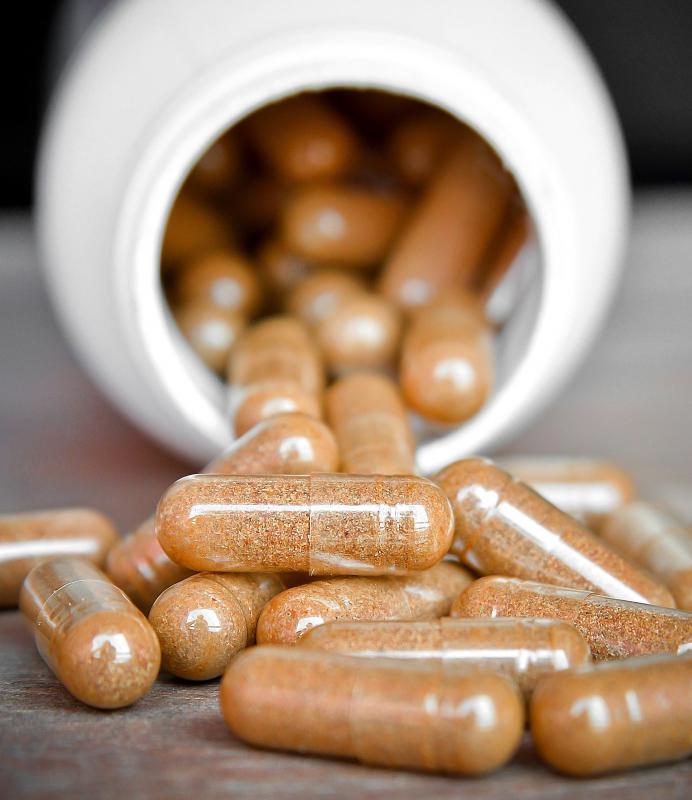At WiseGEEK, we're committed to delivering accurate, trustworthy information. Our expert-authored content is rigorously fact-checked and sourced from credible authorities. Discover how we uphold the highest standards in providing you with reliable knowledge.
What Are the Different Types of Antiseptic Oil?
There are dozens of herbal oils that can boast minor antiseptic properties, but there are three that are widely recognized and have been subjected to the most trial: garlic oil, tea tree oil and echinacea oil. These oils have been used for centuries as antiseptics in their cultures of origin, and many types of antiseptics in a modern pharmacy have ingredients derived from these oils. Sometimes, an antiseptic oil may be used directly, either through ingestion or topical application to the skin, while others are more often encapsulated or mixed with other ingredients to form antiseptic creams.
Garlic has long been considered a valuable herb, and for good reason. It has been proven useful for treating fungal infections, correcting digestive issues and lowering blood pressure. As an antiseptic oil, it is available in two varieties, depending on whether the oil is made by distilling or marinating the garlic. Both are high in antioxidants and are natural antibiotics, and the marinated version also helps prevent blood clots; lower cholesterol and decreased cancer rates are also benefits of taking either form of the antiseptic oil. It is still a medication, though, and should not be taken with blood-thinning medicine, before surgery or by anyone with a blood disorder.

Tea tree oil is derived from the leaves of the Australian tea tree, and has long been used by the aboriginal tribes there for its medicinal properties. As with most types of antiseptics, tea tree oil should only be applied topically as it can be toxic when consumed. Small-scale research studies have found this antiseptic oil beneficial in the treatment of skin disorders like acne and rosacea and in treating fungal infections such as toenail fungus. Like many antiseptics, tea tree oil can irritate the skin, so it should be tested on a small area before applying to a large swath of skin.

Native American tribes introduced echinacea to the Americans and Europeans in the 18th century, and the herb was put into widespread use thereafter. It was a common secret ingredient in popular tonics and miracle creams of the time due its viability as an antiseptic oil and its immune-boosting properties. Echinacea oil has seen a surge in popularity as a treatment for the common cold, but it is primarily useful as a topical treatment for infections. Ingesting low doses of echinacea regularly may reduce the likelihood of catching a viral infection, such as a cold or influenza.
AS FEATURED ON:
AS FEATURED ON:















Discuss this Article
Post your comments